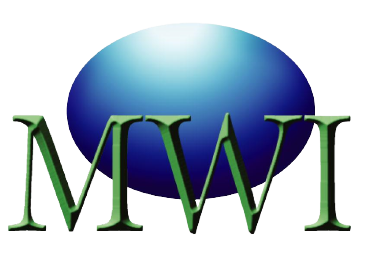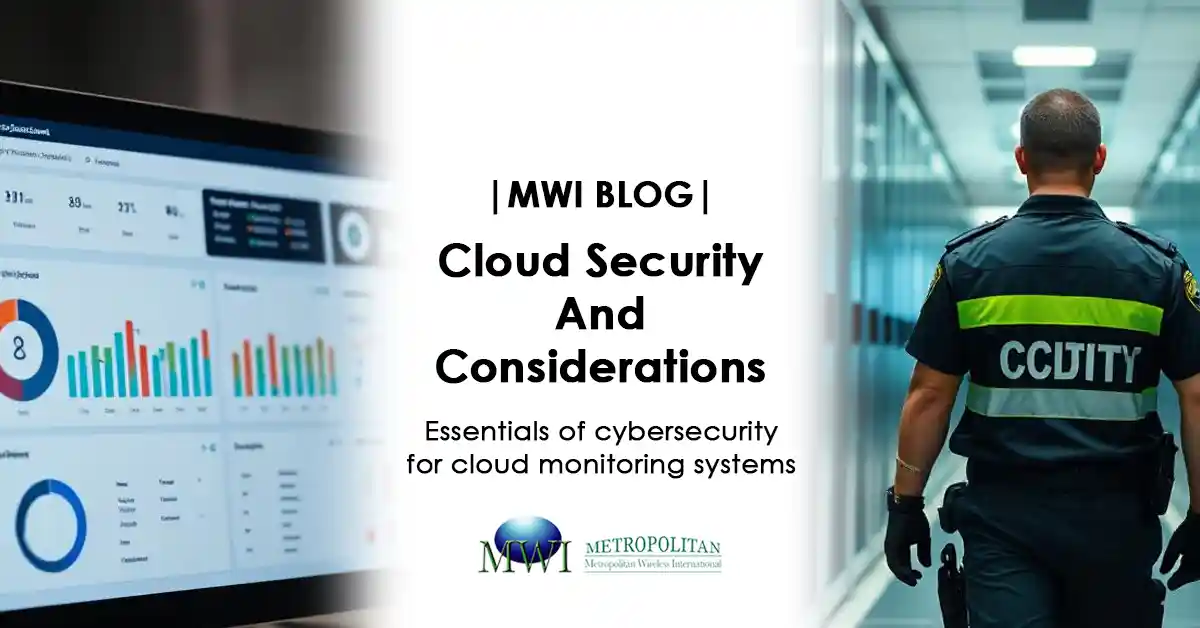Introduction: The Overlooked Risk in Cold Chain Monitoring
Cold chain operations are becoming smarter and more connected, with IoT-based monitoring systems capturing real-time temperature, humidity, and power data across logistics networks. But as more cold chain data moves to the cloud, so does the risk of cyber threats and data breaches.
In industries like pharmaceuticals, biotech, and perishable food logistics, temperature data isn’t just operational — it’s compliance-critical and legally sensitive. That makes cloud security in IoT monitoring systems a top priority.
What Makes Cold Chain Data Vulnerable?
-
Remote Access Points
Web dashboards, mobile apps, and APIs are convenient — but if not secured, they provide entry points for attackers. -
Weak Device Authentication
Unsecured IoT sensors and gateways can be hijacked or spoofed if they don’t use proper encryption or credentials. -
Unencrypted Data Transmission
Without SSL/TLS encryption, data in transit can be intercepted or altered. -
Third-Party Integrations
Any connection to ERP, WMS, or cloud analytics tools must be tightly controlled to avoid cross-system vulnerabilities. -
Shared Infrastructure Risks
If using public cloud services, your data may be hosted alongside others — increasing risk without proper isolation.
Essential Cloud Security Features to Look For
To keep your cold chain data secure, your IoT monitoring platform should offer:
1. End-to-End Encryption
Ensure all data is encrypted:
-
In transit (using HTTPS or MQTT over TLS)
-
At rest (AES-256 or better)
This protects data from being read or tampered with, even if intercepted.
2. Role-Based Access Control (RBAC)
Restrict system access based on user roles (e.g., admin, auditor, technician). This limits human error and potential abuse.
3. Multi-Factor Authentication (MFA)
Require users to verify identity with both a password and a second factor (e.g., OTP, authenticator app) before accessing dashboards or reports.
4. Audit Logs & Access History
Track every login, alert, and configuration change. This supports traceability for audits and incident investigations.
5. Data Backup & Redundancy
Use cloud systems with redundant servers across multiple regions. This prevents data loss during outages or disasters.
6. Secure API Gateways
If integrating with other business systems, ensure APIs use secure tokens, rate limits, and validation checks.
7. Compliance Certifications
Look for platforms hosted on infrastructure certified for:
-
ISO 27001 (Information Security)
-
SOC 2
-
HIPAA (for health-related data)
-
GDPR (if operating in Europe)
Common Mistakes That Compromise Cloud Security

-
Using default passwords for sensors or gateways
-
Ignoring firmware updates for IoT devices
-
Allowing unrestricted user access
-
Not revoking access for former employees
-
Storing passwords or access tokens in plain text
A secure platform is only as strong as its weakest user practice.
Who Is Responsible for Security?
In cloud-based IoT monitoring, security is a shared responsibility:
-
Service providers must secure infrastructure, encryption, access policies, and uptime.
-
Customers must enforce internal controls, train users, and manage endpoint devices responsibly.
The safest cold chains are those where IT, QA, and operations teams collaborate to regularly audit both cloud and physical security.
The Bottom Line: Data Security = Cold Chain Integrity
Without secure data, compliance collapses. No matter how accurate your sensors or how fast your alerts, if the data can’t be trusted, it’s worthless in an audit.
Choosing a cloud IoT monitoring solution with robust security ensures:
-
Data integrity for compliance
-
Trust in automated decisions and alerts
-
Protection against financial and legal risks
Final Checklist: Is Your Cloud IoT Solution Secure?
-
-
Uses TLS encryption for data transmission
-
Encrypts data at rest
-
Enforces RBAC and MFA
-
Maintains detailed audit logs
-
Hosts data on certified infrastructure (ISO 27001/SOC2)
-
Provides backups and regional redundancy
-
Includes regular firmware and platform security updates
If you can’t check all of the above, your cold chain data may be exposed.
-
Other Blogs
Food Storage
Medical Storage
IT Equipment
Server room temperature & humidity monitoring


